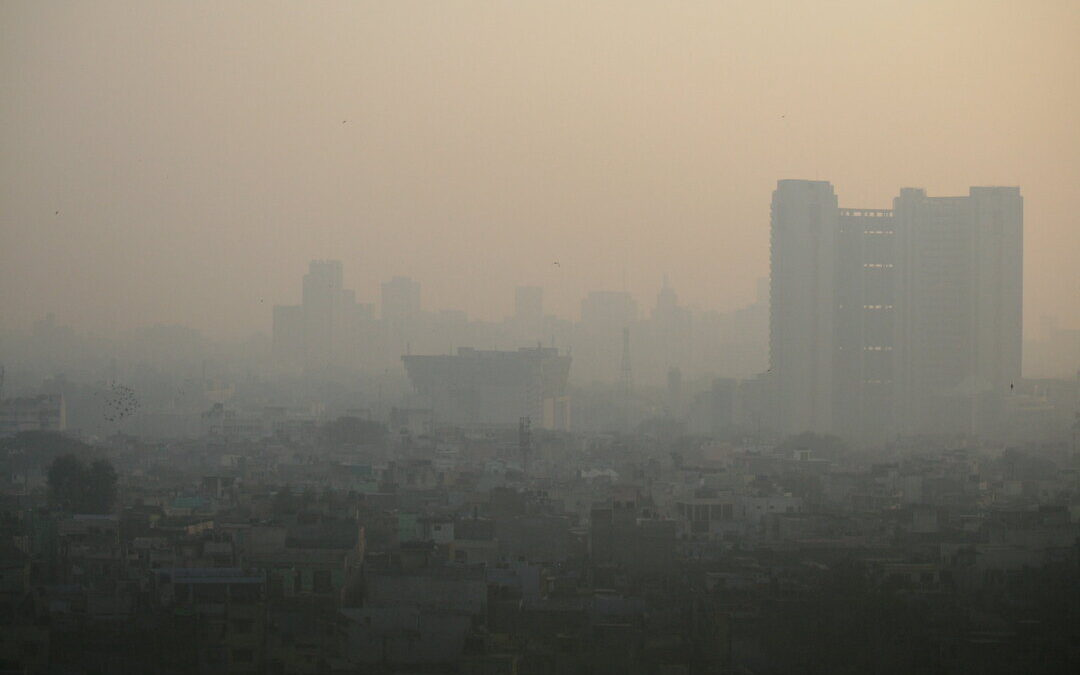Toxic Smog Engulfs New Delhi as Air Quality Hits ‘Severe’ Levels Ahead of Winter
The city’s overall air quality index stood at 384, categorized as “very poor” and is projected to persist at this level until Thursday.
A thick blanket of toxic smog enveloped the Indian capital on Tuesday, plunging air quality into the “severe” range and raising concerns about public health, particularly ahead of the winter season when cold air traps pollutants.
The hazardous mix of smoke, emissions, and dust is an annual occurrence in New Delhi. Vehicles, construction activities, and agricultural fires in neighboring states of Punjab and Haryana are primary contributors to the city’s poor air quality.
The Ministry of Earth Sciences warned that air quality is expected to remain “very poor” to “severe” for the next six days. The city’s overall air quality index stood at 384, categorized as “very poor” and is projected to persist at this level until Thursday.
An AQI reading between 401 and 500 is classified as “severe,” impacting even healthy individuals and posing a significant health risk to those with pre-existing respiratory conditions.
Data from the ministry revealed a sharp increase in pollution levels over the past three days, primarily due to agricultural fires.
Farm fires accounted for over 23 percent of the total pollution on Monday, up from approximately 15 percent on Saturday.
The Central Pollution Control Board reported that nearly a third of the city’s 39 monitoring stations recorded “severe” AQI readings exceeding 400 on Tuesday.
On Tuesday, Swiss air quality monitoring firm IQAir ranked New Delhi as the world’s second-most polluted city, trailing only Lahore in Pakistan.
Authorities in Lahore have implemented emergency measures in response to unprecedented pollution levels.
The government of Punjab province in Pakistan has blamed India for contributing to the deteriorating air quality. It has pledged to raise the issue with the Indian government through diplomatic channels.
Also Read:
Pakistan Shuts Primary Schools In Lahore Over Record Pollution


